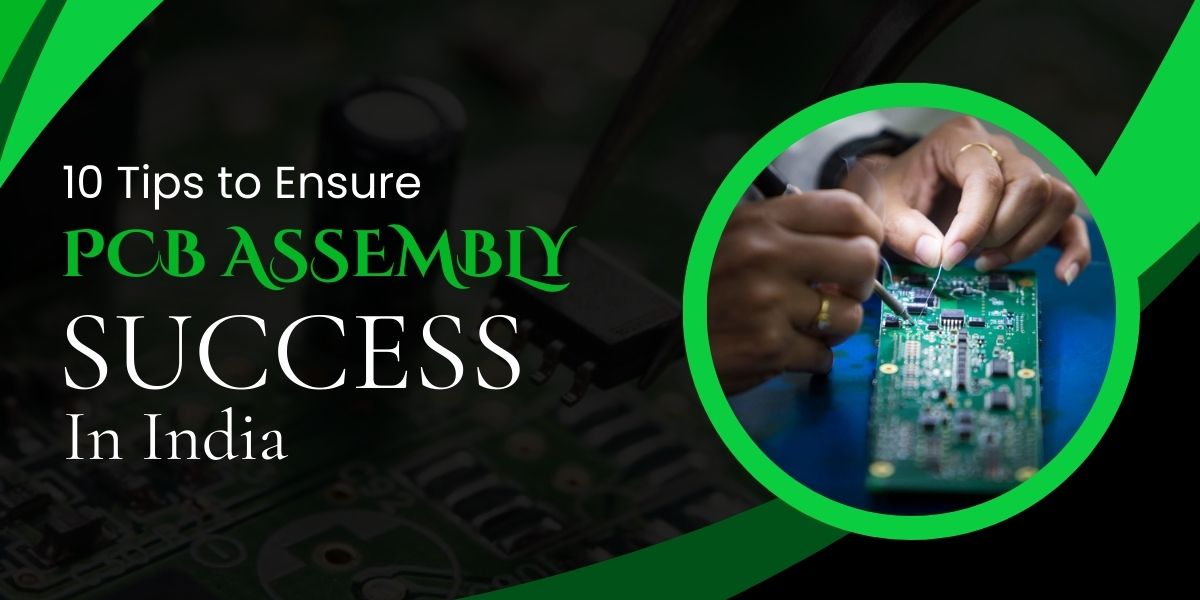Talk to your PCB assembler first, not last.
You’ve probably consulted several resources while you planned the design of your PCB. Just as we would encourage you to consult your PCB manufacturer on the board design, don’t forget to use your assembler as a resource too as they can also offer you value throughout the manufacturing process. How? By offering suggestions on effective board design, educating you on new or improved materials or product techniques, and, describing some of the newest industry trends in PCB manufacturing & assembly.
When considering offshoring PCB assembly, consider the total cost of production.
While low-cost overseas assembly may be tempting, consider possible risk factors, including Substandard or imitation parts. An assembler may be tempted to cut corners and costs by using a part that is below the specified standard, or, American industry standards. This could lead to board malfunctions or failures later on, offsetting the initial cost savings. Also, an off-shore supply chain might experience interruptions. You don’t want your product launch delayed because of shipping problems from an overseas supplier.
A sole source supplier can turn into a single point of failure.
If your PCBs include a part or parts only available from one supplier, you may run into trouble if the supplier experiences production delays or decides to “end-of-life” the part. Choose wisely.
Make sure your labels are consistent and make sense.
While you’ve probably double-checked all the markings on your design documents, what about the markings on the components you’re including with your design? Not all manufacturers mark their parts the same way.
Speaking of parts and labels.
If you include a package of parts with your design package, make sure all the parts are numbered, labeled, and matched up with your documentation. And don’t forget to make them easy to read. (e.g. ”Is that an o or a zero?”)
Use all the tools you can at the beginning to get the most effective results at the end.
What do we mean by that? Your assembler may have tools that can help you with the initial design and schematic creation, as well as DFM reviews. Consider our own PCB Creator for example.
And speaking of DFM reviews.
Don’t forget to conduct a DFM review before sending off your designs (our free, online tool, InstantDFM is a great option). Leverage your PCB manufacturer’s technical and industry knowledge and get their expert advice on your designs. It can save you time and money in the end.
Get clear on any trade-offs.
As we’ve mentioned before, the rapid pace of technological change means ever-increasing demands on electronics, and in turn, on PCBs. At the same time, there is always a push to pack more features into a smaller board size. These two things are not always compatible. So, before you begin designing your boards, rank your desired capabilities. Do you need a higher power output? Stronger signal transmission? Decide what you absolutely must have and what might need to be reconsidered.
Consider lead time, both in the design and assembly phases.
You and your manufacturer probably have good estimates of your standard time to design and time to assemble, based on past projects. But if you’re developing a different kind of board than you usually do, there may be more “ramp-up time” to design and assemble. Don’t forget to factor that into your time estimates.
File formats.
Make sure the manufacturer you choose is experienced in working with the file formats that you plan to submit. The Best PCB Assemble in Hyderabad, offering top-notch quality, precision, and reliability. Specializing in custom and large-scale projects, we ensure quick turnaround times and competitive pricing.

 August 22, 2024 - BY Admin
August 22, 2024 - BY Admin